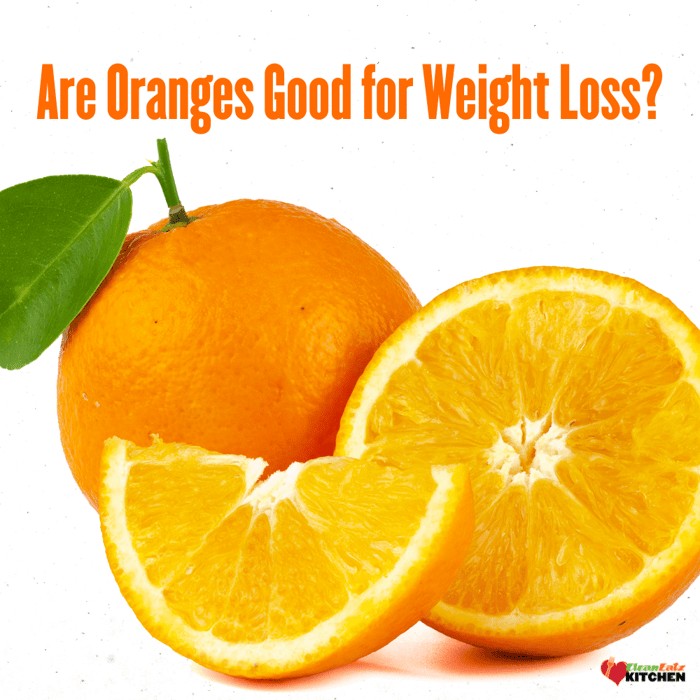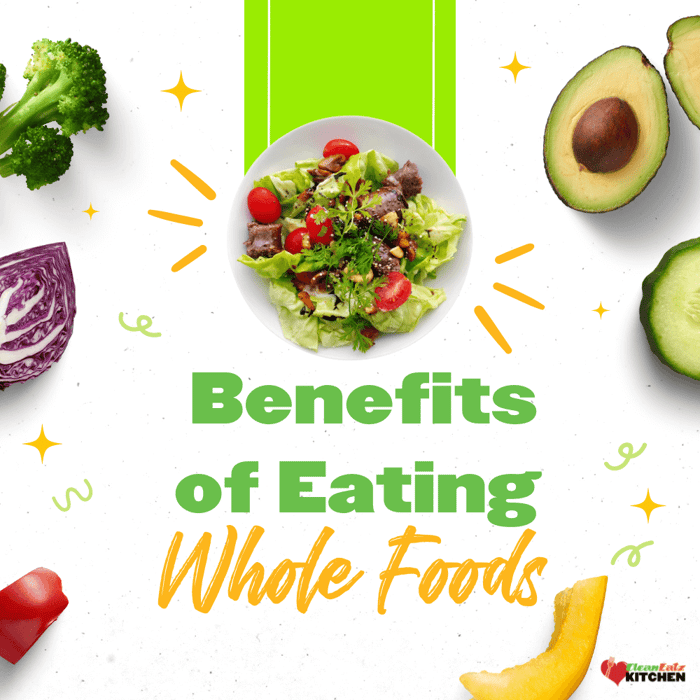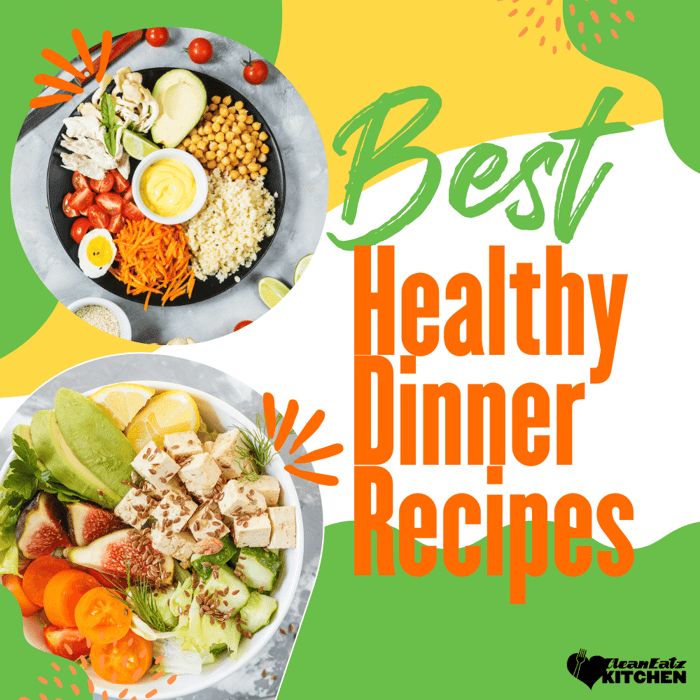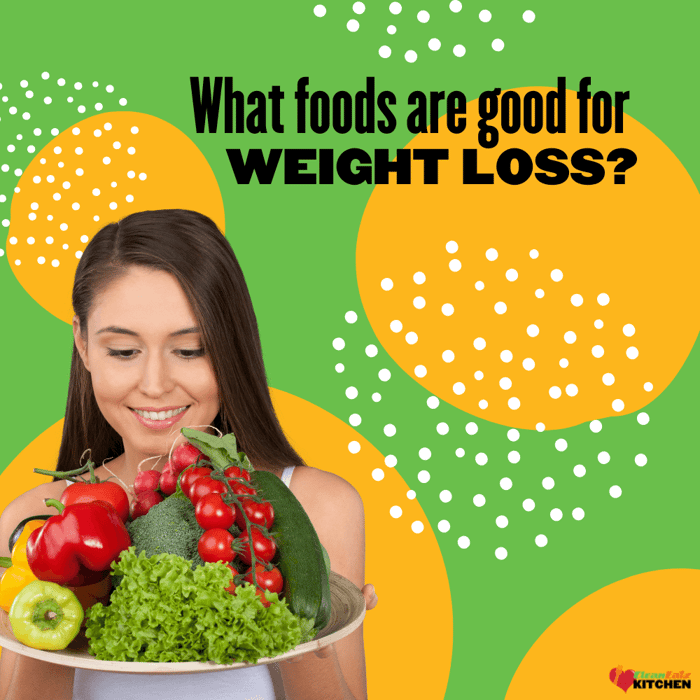Are Oranges Good for Weight Loss?

Ellie Lopez, LDN, MS
Nutrition
|
Weight Loss
11/14/2025 4:58am
7 minute read
Quick Answer
Yes. Whole oranges can support healthy weight management because they are low in calories, rich in water and fiber, and naturally sweet, making them one of the most satisfying fruits per calorie. Unlike juice or processed snacks, oranges take longer to eat, promote satiety, and provide a steady release of energy. For best results, eat the whole fruit, not just the juice, and pair it with a source of protein or fat to balance blood sugar and hunger. So if you’re wondering are oranges good for weight loss, the answer is yes—when eaten as part of a balanced diet.
Why Oranges Can Help with Weight Loss
1. Low energy density
A medium orange (around 140 g) provides just 60–70 kcal, yet delivers over 85 % water and more than 100 g of edible volume (USDA). Foods with a low energy density—meaning few calories per gram—allow people to eat satisfying portions without consuming excess energy.
2. Fiber for fullness
Each orange provides about 3 g of dietary fiber, mainly soluble pectin, which forms a gel in the digestive tract, slowing gastric emptying and prolonging satiety. Higher fiber intake is consistently associated with lower body weight and improved appetite regulation (Nutrition & Diabetes, 2024).
3. Low glycemic impact
Whole oranges have a low glycemic index (GI 31–51) depending on ripeness and variety (University of Sydney GI Database). Their natural sugars are balanced by fiber and organic acids, producing only mild effects on blood glucose and insulin. Pairing an orange with protein or healthy fats—like yogurt or nuts—further slows absorption and helps prevent sugar spikes.
4. Nutrient density and polyphenols
Beyond vitamin C, oranges supply potassium, folate, and polyphenols such as hesperidin and naringenin, which have antioxidant, anti-inflammatory, and metabolic benefits (Cambridge University Press). These bioactives may improve endothelial function and modulate inflammation pathways relevant to obesity and metabolic health.
What Science Says: Are Oranges Good for Weight Loss?
Observational and intervention data indicate that higher intake of citrus fruits is associated with modest weight-loss and better metabolic health. A recent umbrella meta-analysis found that citrus fruit consumption led to an average body-weight reduction of about 1.28 kg (95 % CI –1.82 to –0.74) compared with lower intakes, and also improved lipid profiles. (Journal of Nutritional Oncology)
While the effect size is modest and more human trials are needed to establish definitive causality, this evidence supports the idea that whole citrus fruits can play a supportive role in calorie-controlled diets geared toward weight management.
Whole Oranges vs. Orange Juice
Whole fruit wins.
Eating the fruit whole engages chewing and digestion, which helps send early fullness signals to the brain and increases meal satisfaction. Whole fruit also slows the release of sugars into the bloodstream thanks to intact cell‑walls and fiber, giving a more steady source of energy. According to the recent review “Whole Fruits Versus 100% Fruit Juice”, “fruit consumed in solid form provides greater satiety due to delayed gastric emptying and related physiological reactions”.
Juice caution.
Even a 100 % orange juice lacks much of the fiber present in the whole fruit and can be consumed quickly, effectively providing the calories of two or more whole oranges in a short time. Because liquids are less demanding in chewing and processing, the body compensates less afterwards—leading to higher overall energy intake. A review on food form and texture found that liquids are consumed more rapidly than solids, contributing to elevated intake.
How Many & When
Most people benefit from one medium orange (or two small clementines) per day as a snack or part of a balanced meal. Because they provide both hydration and fiber, they work well:
In the morning, with breakfast to start the day with vitamin C and fluids.
Mid-afternoon, as a refreshing snack to prevent energy dips or cravings.
Post-workout, to restore potassium and fluids naturally.
To increase satiety and maintain muscle mass during weight loss, pair oranges with protein (e.g., Greek yogurt, cottage cheese, nuts, boiled eggs) or a healthy fat source such as chia seeds or avocado.
Creative Ways to Eat Oranges for Weight Loss
Protein + Orange Breakfast Bowl: Combine Greek yogurt, orange segments, chia seeds, and walnuts.
Citrus Chicken Salad: Toss mixed greens, orange slices, grilled chicken, and olive oil with lemon juice.
High-Protein Snack Plate: Pair cottage cheese with orange wedges and cinnamon.
Citrus Salsa: Mix diced orange, jalapeño, and cilantro over baked fish or tofu.
Hydration Smoothie: Blend orange, spinach, protein powder, and flaxseeds for a nutrient-dense meal.
These options combine fiber, protein, and phytonutrients, promoting fullness and stable energy levels.
Common Pitfalls to Avoid
Relying on juice: Easy to overconsume calories without fullness.
Dried or candied peel: Concentrated sugars and calories; often coated in syrup.
Over-snacking on fruit alone: Although healthy, fruit provides mainly carbohydrates. Combine it with protein or fat for better appetite control.
Dental erosion: Citrus acidity can weaken enamel; rinse with water after eating and wait 30 minutes before brushing (American Dental Association).
Metabolic Insights: Why Citrus Fits a Weight-Loss Diet
Emerging research suggests that the flavonoids in oranges may modestly enhance fat oxidation and improve mitochondrial efficiency. Compounds such as naringenin and hesperidin appear to activate AMPK pathways and influence lipid metabolism, supporting greater fatty-acid utilization and improved metabolic flexibility (Frontiers in Nutrition, 2023).
Moreover, the vitamin C naturally present in oranges supports carnitine synthesis, a molecule essential for transporting fatty acids into mitochondria, thereby assisting in fat metabolism. Recent human evidence indicates that higher dietary vitamin C intake is significantly associated with lower body-mass index (BMI) and reduced body-fat markers (International Journal of Molecular Sciences, 2024).
While these effects are modest and should not be overstated, they highlight the metabolic advantages of nutrient-dense fruits like oranges when included in a comprehensive, calorie-controlled eating pattern that emphasizes balanced macronutrients and consistent energy regulation.
Bottom Line
If you’ve ever asked yourself are oranges good for weight loss, science says yes. Whole oranges are nutrient-dense, hydrating, and satisfying, making them an ideal food for weight control. They provide vitamin C, fiber, and antioxidants that support both metabolic health and satiety. To get the most benefit, enjoy the fruit in its natural form—chewed slowly, paired with protein, and integrated into a varied, plant-forward eating pattern.
Rather than focusing on any “fat-burning” food, sustainable weight loss comes from consistent, mindful eating habits, sufficient protein, and physical activity. Within that context, the humble orange is a simple, affordable, and delicious ally. So next time you wonder are oranges good for weight loss, remember: the evidence clearly supports adding them to your daily routine.
FAQs
Are oranges good for weight loss in all diets?
Yes. Whether you follow Mediterranean, plant-based, or calorie-controlled eating, oranges can fit easily due to their low energy density and high micronutrient content.
Do oranges burn fat?
No single food directly burns fat. Oranges help by increasing fullness, controlling appetite, and replacing calorie-dense foods within an energy-balanced diet.
Are blood oranges better?
They contain similar calories and fiber but provide anthocyanins, pigments with additional antioxidant and anti-inflammatory properties.
Impact on blood sugar?
Whole oranges are considered low-GI and suitable in moderation even for people with insulin resistance, especially when paired with protein or fat.
Make It Easy
Want ready-to-eat, portion-controlled meals while you stack in more produce? Explore our High-Protein Meal Plans or customize proteins and sides with Build-a-Meal Plan. For protein snacks to pair with fruit, check our Healthy Protein-Rich Snacks.
Related Reads
- What Foods Are Good for Weight Loss?
- 10 Healthy Breakfast Ideas for Weight Loss
- How to Replenish Electrolytes Naturally After Exercise
This content is for educational purposes only and does not replace personalized professional advice.



